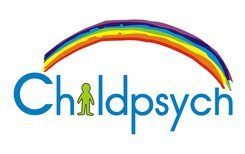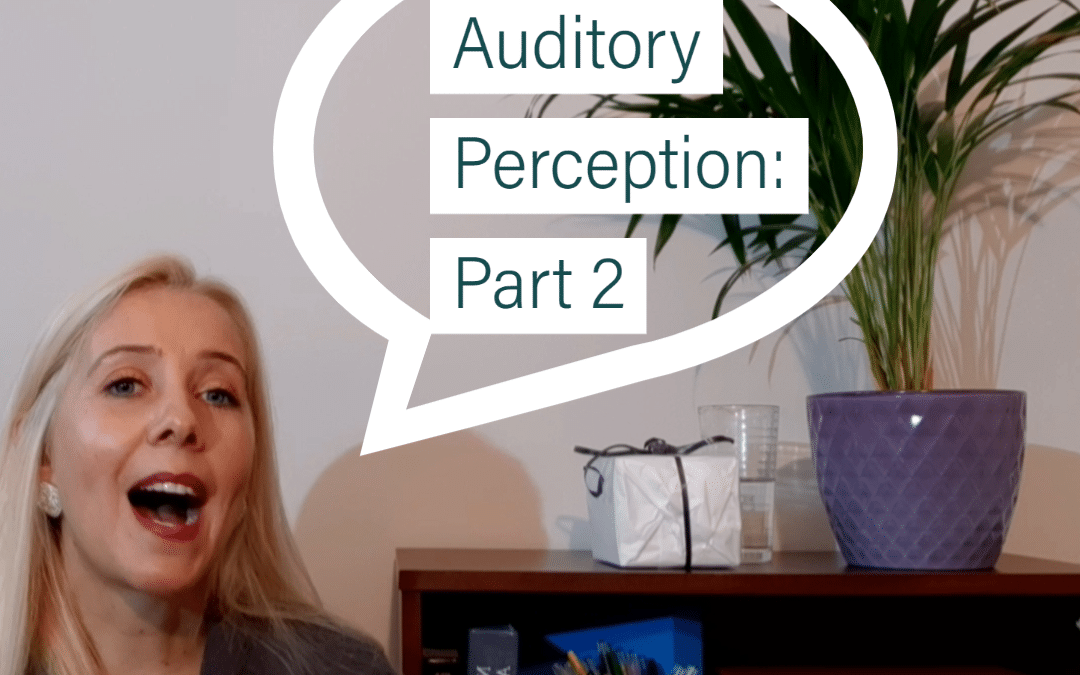Welcome to this third installment in our Early Learning series. Today we are going to delve a little deeper into aspects of Auditory Perception and why they are important for learning to read. If you haven’t watched the previous two video in our Early Learning series I would really encourage you to do so. You’ll find the links at the bottom of this article.
Auditory Perception Skills: Synthesis, Analysis and Sequencing
Auditory Analysis, Auditory Synthesis and Auditory Sequencing really go together hand-in-hand. So for the purposes of this article I will first explain what each one is and then focus on activities to practice these skills.
Auditory Synthesis:
Auditory synthesis is the skills of putting individual sounds together to form a word. For instance, if I say: D-O-G can your child hear that those sounds together make the word “DOG”. This is an important skill for reading. Because when your child knows how to put sounds together, he will be able to put letters together to form words.
Auditory Analysis:
Auditory Analysis is the opposite skill to Auditory Synthesis. Here it’s about being able to detect the individual sounds within a word. For instance, if I say the word FISH – is you child able to hear that it is composed of the individual sounds: F / I / SH?
This is an important skills for spelling and also for learning to decode difficult words once your child learns to read.
Synthesis is much easier than Analysis!
It is important to note than Auditory Synthesis is a much easier task than Auditory Synthesis. Your child will likely be able to put sounds together long before they are able to analyse the individual sounds in words. You can expect successful analysis skills from about the age of 5 years. Now, this doesn’t mean that you shouldn’t practice analysis skills with younger children. But it is important to keep our expectations age-appropriate. Instead of expecting young children to be able to analyse sounds on their own, rather use this as a time to demonstrate this skill by doing it for them and with them.
Auditory Sequencing:
As the name suggests, this skill is about being able to hear:
- The sequence in which words appear in a sentence and
- The sequence in which letters appear in a word
Now, like I’ve mentioned above all three of these auditory skills are intertwined. We are only able to put sounds together or to take them apart when we are able to hear the sequence in which they appear.
Activities to practice these skills:
- To practice Auditory Synthesis, say the individual sounds of words and see whether your child can string the sounds together to guess the word. (Remember to always use sounds and not letter names!)
- Similarly, you can practice Auditory Analysis by giving your child a word and asking them to identify the individual sounds in it. Start with short (2 or 3 letter words) and build up to bigger words.
- We spoke about the benefits of playing “I spy” last week. Once your little one has mastered this game you can start giving it to them in a modified version. Ask them to listen out for the end-sound of a word, rather then the sound the word begins with.
- Play Hangman. But remember to have you child guess the sounds in the word and not the letter names
- Play the Shopping Game / Zoom Game (I explain how to play it in more detail in the video)
- Have young children listen to a story and then tell it back to you to see whether they can remember the correct sequence of events
- Older children should be able to repeat a sequence of 3 to 7 words – challenge them to see how many words they can remember in sequence
- Once they are able to easily repeat words in a sequence – ask them to say it backwards!
- Songs like “Head, Shoulders, Knees and Toes” and “If you’re happy and you know it” combine auditory sequencing skills with movement
- Any activity like baking, that requires children to listen to instructions is good for Auditory Sequencing skills
Great stuff!
Next week we’ll have a look at the final three aspects of Auditory Perception, which are: Memory, Figure-Ground Perception and Auditory Closure.
Other videos in this series include:
6 Mistakes parents make in teaching a child to read
Early Learning: Auditory Perception – Part 1
Remember to also check us out on Instagram and Facebook for free tips and advice.

